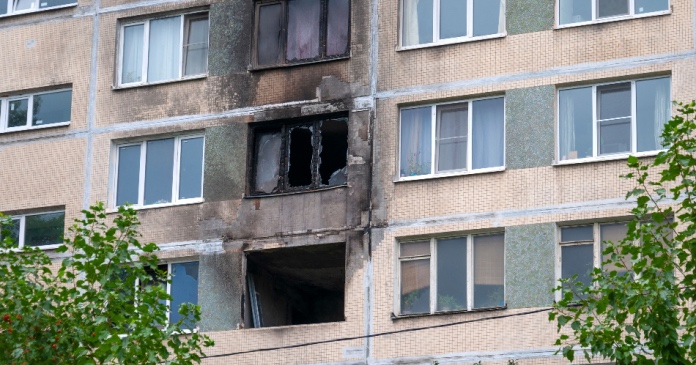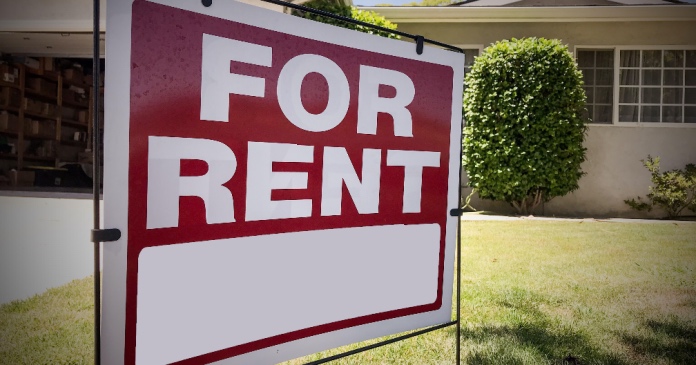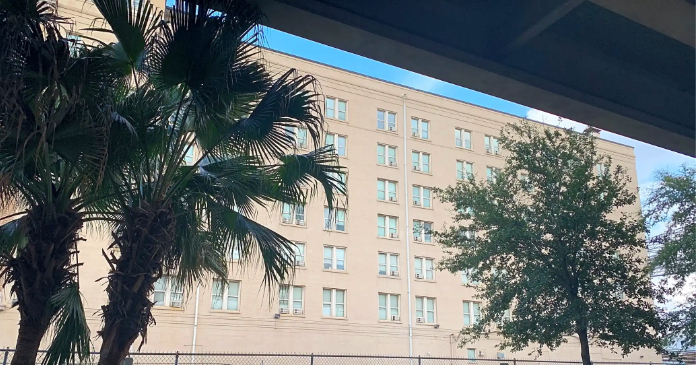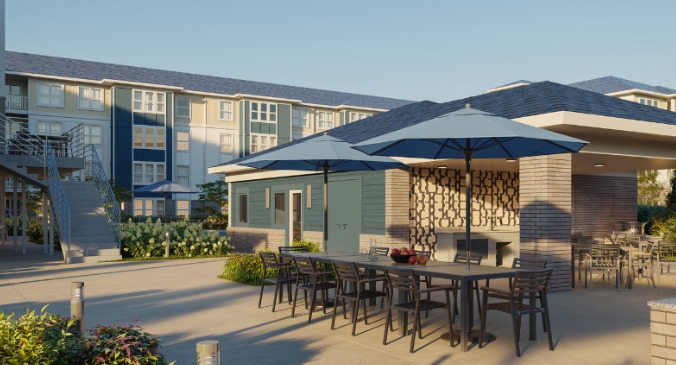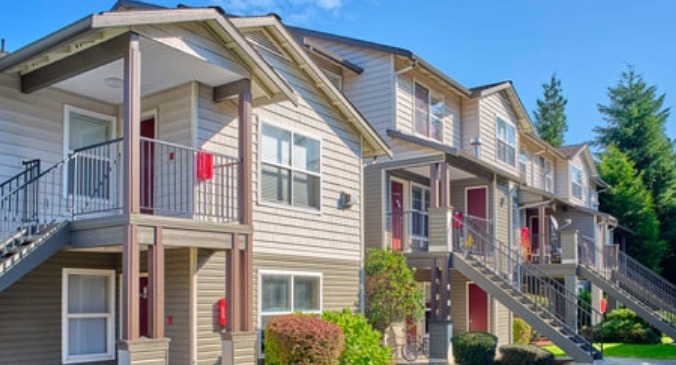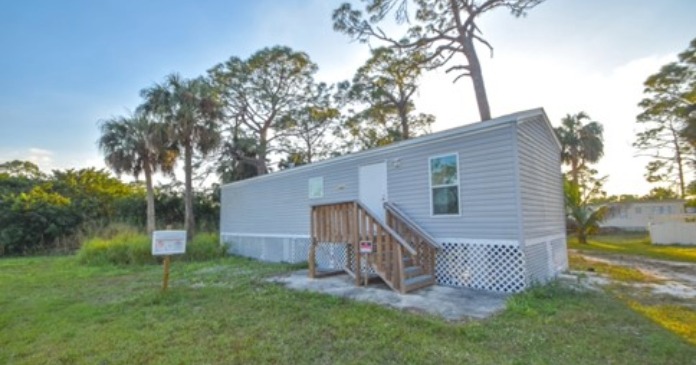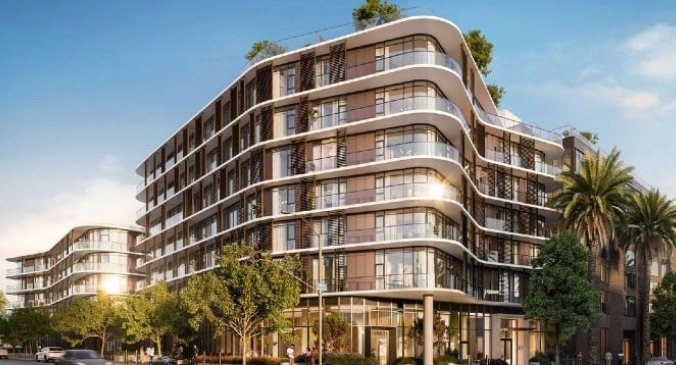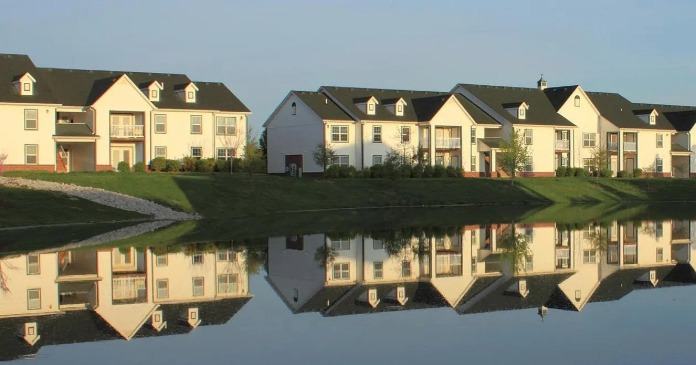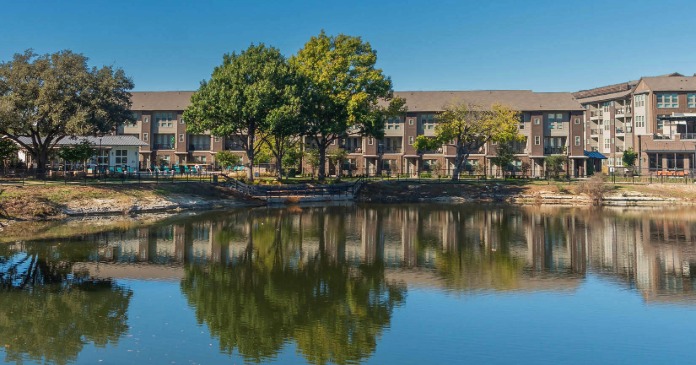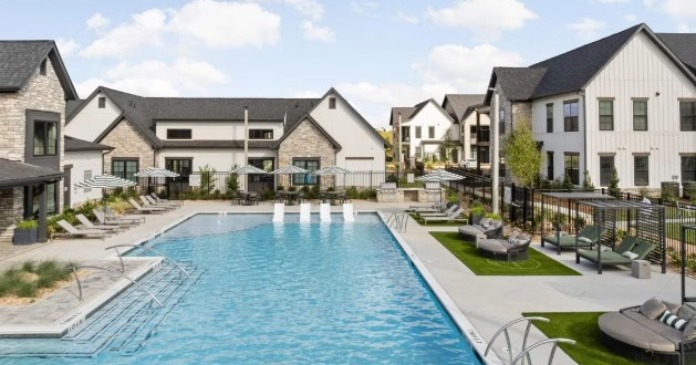Business environments ebb and flow, but perhaps none as rapidly as apartment operations. Often getting by on very slim margins, rising operations costs have been particularly hard on the sector in the last few years. Energy, labor, repairs and insurance premiums have all increased greatly, adding pressure on net operating income. Even as inflation moderates, property-related expenses continue to rise, causing many owners to raise rents or hold back on property improvements.
The top 7 expenses of an apartment operation are typically, in order, property taxes, payroll, maintenance, utilities, insurance, property management fees and administrative expense. While the order may change depending on property size, location and ownership structure, solvency is found in the steady and predictable. Neither of which describe today’s operation’s costs.
In order of highest expense, utilities may come in fourth, but utility costs, especially for electricity, may be gaining momentum. Nationally, utility companies requested and received approval for a staggering $29 billion in rate increases in just the first half of 2025—a figure that nearly doubles last year’s energy cost growth.
“Americans are experiencing an unprecedented utility affordability crisis,” said Charles Hua, executive director of PowerLines. “As high temperatures during the summer months put additional strain on the electric grid in many parts of the country, electricity system costs and utility bills will continue to spike.”
Maine leads the nation in terms of the single largest year over year increase in residential electricity rates, rising 37.3 percent from April 2024 to April 2025. Other states with high increases include Rhode Island (+23.4 percent), Connecticut (+9.2 percent) and Idaho (6.34 increase Q1 2024 to Q1 2025).
The drivers of these increases range from distribution and transmission system upgrades to the impact of fire and weather events. According to the U.S. Bureau of Labor Statistics, average household electricity bills in 2025 rose approximately 6 percent over just six months, pushing annual costs to near $1,900—a jump of $219 since 2022.
Escalating labor and repair costs
Property maintenance and construction remain persistently high. The real estate and property management industries are grappling with tight labor markets, which affect hiring and retention across maintenance, janitorial, security and skilled trades. “The tight labor market continues to challenge the real estate industry, impacting property management, construction and tenant operations,” noted the Commercial Real Estate Development Association in its Jan. 2025 industry outlook.
Meanwhile, the cost of repairs and building materials has surged past the rate of general inflation. The Q1 2025 Verisk Remodel Index reports that average home repair costs jumped 3.97 percent y/y, compared with just a 2.4 percent rise in the broader Consumer Price Index.
Over the past decade, repair and remodeling prices rose a staggering 61 percent, highlighting the cumulative effect of labor shortages, material price hikes and supply-chain disruptions. Construction materials alone are set to increase by 5–7 percent in 2025, and labor shortages in the trades continue to push up contractor rates. “The rate of increase in Q1 2025 jumped back up to 0.91 percent, resulting in an annual cost increase of 3.97 percent, well above the rate of inflation,” said Greg Pyne, VP of pricing at Verisk.
Insurmountable insurance premiums
Insurance costs are another major stressor for property owners. The multifamily property insurance market experienced significant increases in 2024, with the Federal Reserve Bank of Minneapolis reporting an average 45 percent increase from 2023 to 2024. This followed previous increases of 22 percent from 2022 to 2023 and 14 percent from 2021 to 2022.
Industry experts project continued increases of 10-20 percent for primary liability plans and 10-15 percent for umbrella insurance in 2025. However, there are signs of market stabilization, with the National Multifamily Housing Council (NMHC) noting the first decline in rates since 2017 after 27 consecutive quarters of growth. Extreme weather events and fires have forced insurers to hike rates to guard against financial losses. In states like California, Florida, and Nevada, policyholders are particularly exposed to these upward adjustments.
Pressure on net operating income
These expense increases directly erode NOI, a measure of a property’s profitability before financing and taxes. Since 2021, property operating expenses have risen two to three times faster than in the preceding decade. Payroll, utility, repairs, and insurance expenses per unit have all climbed significantly, with Moody Analytics reporting average annual jumps of $75 to $120 for labor, $55 to $95 for utilities, and up to $95 for repairs in multifamily buildings. As a result, NOI growth in the apartment sector slipped to just 2.8 percent in Q1 2024, down from an explosive 24.8 percent in late 2021.
Given that essential expenses are rising faster than either rents or inflation, many property owners are being pushed into difficult decisions: raise rents, sometimes beyond what markets or residents can tolerate, or curtail investment in property maintenance and improvement.
Owners are increasingly seeking justification for above-normal rent increases based on documented expense growth. In regulated markets, such as Oakland, Calif., landlords must prove their rising costs to obtain approval for rent hikes above inflation, citing expenses like utility increases and uninsured repairs.
The pressure on NOI is also causing property owners to prioritize only the most necessary repairs and to defer capital improvements. National data show a marked slowdown in capital improvement spending, with a projected decline of more than 7 percent for 2025 compared to the prior year. Homeowners, residential landlords, and even major commercial owners are “opting for more budget-friendly alternatives due to rising borrowing costs and a slow housing market recovery,” (CBRE Research, 2024).
This trend is reflected in the strategies of many landlords, who are deferring upgrades in favor of essential repairs, often choosing to repair rather than replace where possible, and actively seeking low-cost, high-impact energy efficiency retrofits. Property managers stress proactive, preventative maintenance to avoid even costlier emergency repairs in the future.
Expert insights and coping strategies
To navigate this storm of rising costs, property owners and managers are urged to focus on careful budgeting, embrace energy efficiency, and leverage available technology for cost control. AI solutions help manage repair and maintenance costs more effectively—though the extent of savings varies. Experts recommend early booking for contractors and strategic purchasing of materials to avoid mid-year price spikes.
Investment in resident-centric amenities and robust employee engagement strategies is seen as a key to both retention and long-term property value, even as labor costs rise.
While inflation has eased in many sectors, property-related expenses—utilities, labor, repairs, and insurance—remain elevated due to a convergence of economic, regulatory and policy shifts. By focusing on energy efficiency, regular maintenance, and smart budgeting, property owners can mitigate these expenses while improving property value and tenant satisfaction.
Without substantial policy changes or a sudden decrease in these core expenses, both residential and commercial property owners will continue to wrestle with raising rents or cutting back on improvements as the principal means to balance their books in the years ahead.




